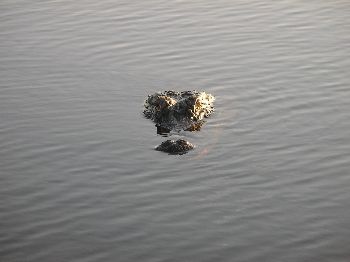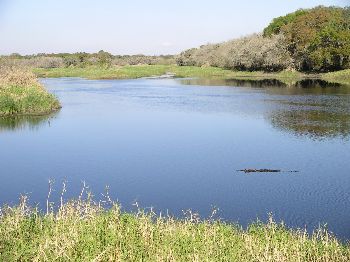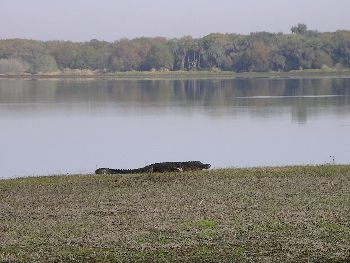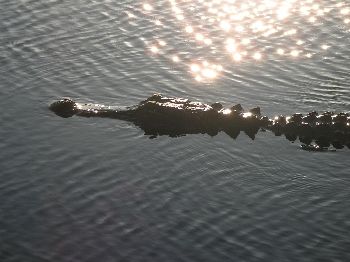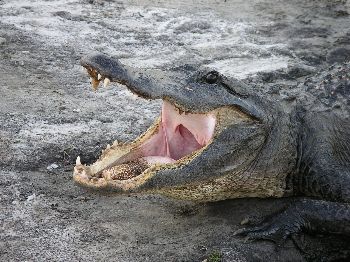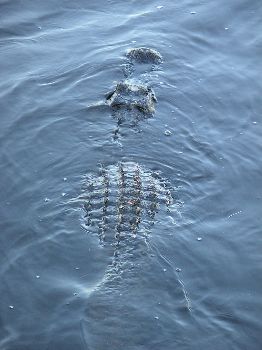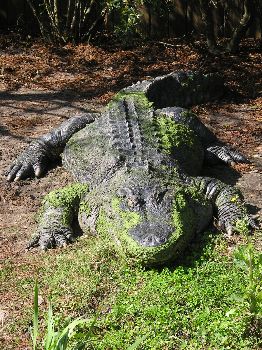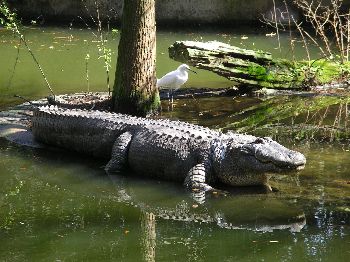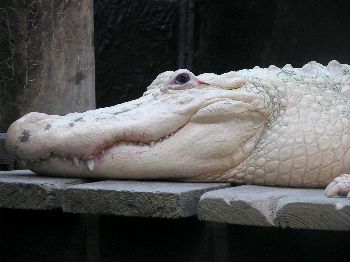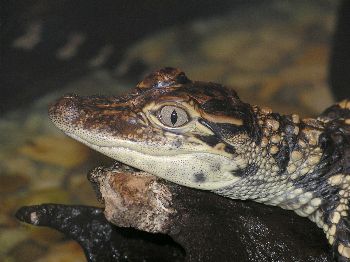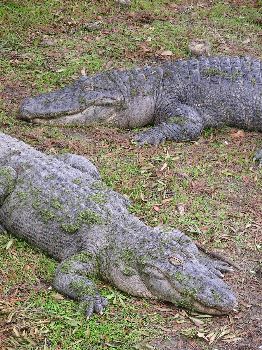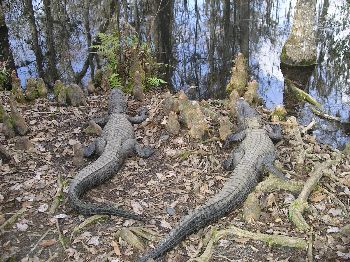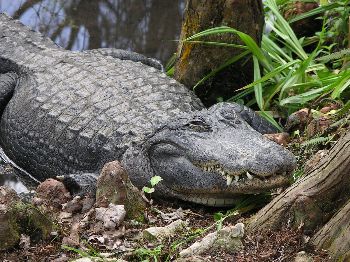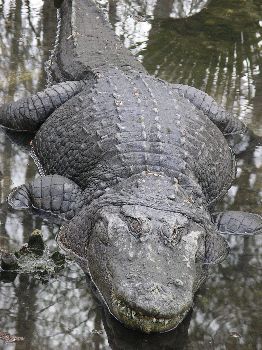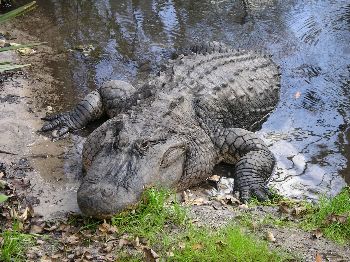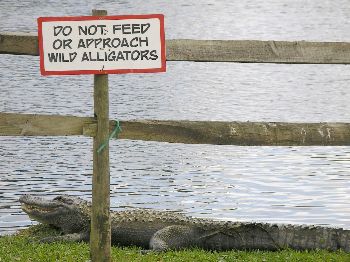The images presented in these galleries are reductions of photos taken by Valerie with a Pentax Optio 450 digital camera. The compression has been increased to 80% (100%=no compression) and the dimensions reduced in order to save bandwidth and facilitate page loading. The information below each image gives the size in pixels and kilobytes of the original file as well as the title by which to request the larger version. All of the original files are in jpeg format, most at about 95% compression, and are suitable for printing, desktop wallpaper, or detailed study. While the images here are free for the taking (right click - save as; do not link to these images directly), the larger versions are also available by sending a request to Valerie via . The frames around the gallery photos are not part of the same file and are only for presentation on this site.
Although the photos are free to use, they are copyrighted by LARVALBUG and remain the property of the owners of this site. We request that any public use of these images be accompanied by a credit to LARVALBUG.COM and, when appropriate, a link to our site (<a href="http://www.larvalbug.com/">LARVALBUG</a>). Commercial use of the large files can be arranged for a modest fee.
To request larger files or ask any questions please send an e-mail to Valerie at .
|
|
American Alligator (Alligator mississipiensis). Undoubtedly one of the most photogenic of all reptiles, alligators are easily seen almost anywhere along the Gulf coast, especially in Florida. They are also a popular exhibit in most zoos.
Alligator in Myakka River State Park, Florida. This one was photographed from only about six feet away. A low concrete dam allows people to get uncomfortably close to the reptiles.
Myakka River is a picturesque setting in which alligator sightings are practically guaranteed. The photos here were all taken on a three day visit during February.
A late evening scene at Myakka River State Park. The low banks of the river allow for shoreline views similar to those one could get in a canoe.
A small dam in Myakka River State Park creates a very large and shallow lake. Low boat traffic helps to keep wildlife sightings high.
The main road in the state park includes a bridge over the Myakka River. This is a favorite wildlife viewing area.
While the alligators can be seen at almost any hour of the day, during the winter, the angle of light at sunset is ideal for photography. The best place for late evening pictures is a small concrete dam near the boat basin.
Most of the alligators at Myakka River State Park stay away from people. One has, however, gained a reputation for harassing fishermen and photographers. This 8-foot individual actually swam towards anybody trying to fish from the shore during the evenings. It also did not like my camera pointing at it from the nearby observation deck.
The textures and colors of alligators in still water can be as varied as the weather and light. This view was obtained from an observation deck overlooking the Myakka River.
Alligator covered with duckweed at the Jacksonville Zoo in Florida. In spite of very cold winds on a February day, the reptiles still took advantage of the sunshine to warm up.
Another alligator at the Jacksonville Zoo. The thick mat of duckweed on this pond was no hindrance to alligators and waterfowl. The trails left by ducks quickly disappeared into the solid mass of green.
Alligator at the Lowry Park Zoo in Tampa, Florida. The bird adjacent to the reptile is a snowy egret (Egretta thula). Crocodilians, including gavials, caimans, crocodiles, and alligators, all make very good zoo residents as their main activities are eating and sleeping. This particular reptile had been in the same place so long that it was adorned with droppings from the birds roosting in the tree above.
A striking albino alligator at the Audubon Zoo in New Orleans. This creature is one of their featured highlights and it certainly does capture one's attention.
Baby alligator at the Audubon Zoo in New Orleans. These tiny reptiles are not only adorable to see, but they make toy-like noises when encountered in the wild. Their mother is never far away and we are always cautious when kayaking around broods. The attractive markings fade with age and older alligators are almost completely black.
Alligators in typical slumber mode at the Audubon Zoo in New Orleans. They spend the nights underwater, but will sun themselves whenever the opportunity arises. Their digestive system works in relation to their body temperature.
A pair of alligators at Silver Springs Attraction in Ocala, Florida. Silver Springs is famous for its glass bottom boats and the huge springs that feed the Silver River, but it also maintains a small zoo area specializing in crocodilians.
The enclosures containing alligators, crocodiles, and caimans at Silver Springs are set in a natural cypress swamp. Plexiglas walls and discrete fences help create a wild looking habitat while allowing excellent viewing by the public.
This photo gives evidence of the time of year I visited Silver Springs. In February, the cypress trees are devoid of leaves and the reflections of the bare branches create interesting patterns on the still water.
The alligators at Silver Springs are all well fed and plump. During the winter months, the reptiles use very little resources to maintain their metabolism. Although they don't eat much at this time, they also move very little to conserve energy.
There are only two species of crocodilians native to the United States: the American alligator and the American crocodile. While the alligator has made a successful comeback from overhunting, the crocodile still remains rare in the wild. This alligator shows the rounded, broad snout that is one of the distinguishing differences between it and crocodiles.
One more alligator from the zoo at Silver Springs. In the early days of the water theme park, a major feature was the Ross Allen Reptile Institute, which sought to entertain and inform people about reptiles, especially those native to Florida.
Not all the alligators at Silver Springs are captive. The natural springs and the river are prime alligator habitat and the reptiles lounge along the banks mere yards from the tourists.
|
